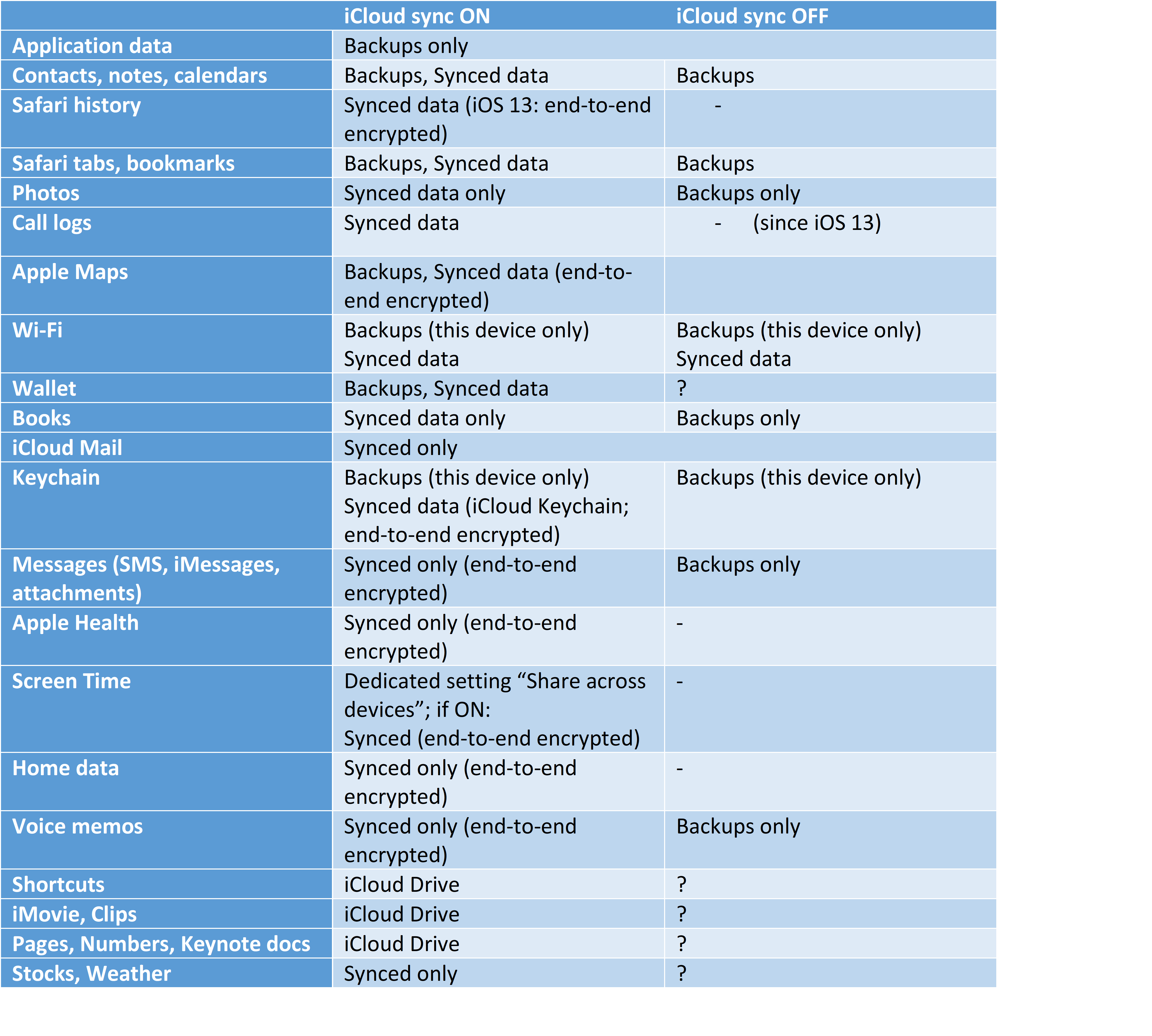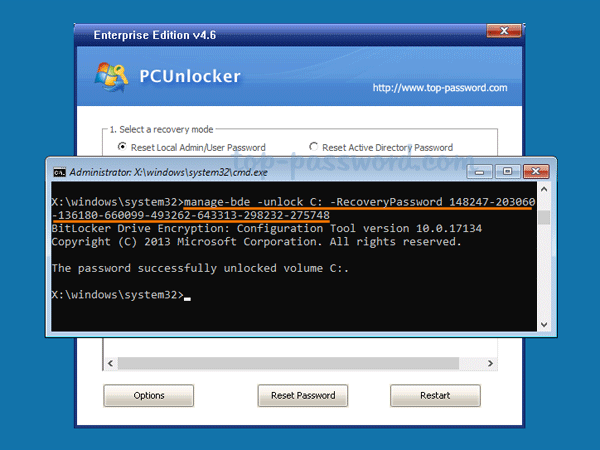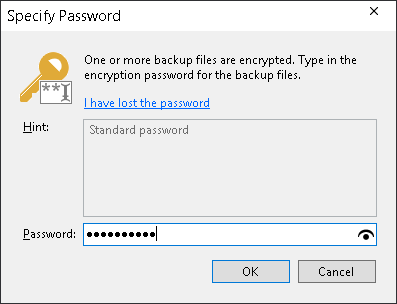

No new keys can be added to them directly through the ADMINISTER KEY MANAGEMENT statement operations.
#RESET ENCRYPTED DATA PASSWORD SOFTWARE#
You cannot back up auto-login or local auto-login software keystores. You can check the status of keys querying the V$ENCRYPTION_WALLET data dictionary view.

If you provide an identifier string, then this string is inserted between the time stamp and keystore name.Īfter you complete the backup operation, the keys in the original keystore are marked as "backed up". Oracle Database prefixes the backup keystore with the creation time stamp (UTC). You must back up password-based software keystores, as per the security policy and requirements of your site.Ī backup of the keystore contains all of the keys contained in the original keystore. Old_password SET new_password WITH BACKUP USING 'pwd_change'
#RESET ENCRYPTED DATA PASSWORD PASSWORD#
The following example backs up the current keystore and then changes the password for the keystore: ADMINISTER KEY MANAGEMENT ALTER KEYSTORE PASSWORD IDENTIFIED BY This identifier is appended to the named keystore file (for example, ewallet_ time_stamp _emp_key_pwd_change.p12). Enclose backup_identifier in single quotation marks (' '). The backup_identifier is added to the name of the backup file. You must include this clause.īackup_identifier specifies an optional identifier string for the backup that is created. WITH BACKUP creates a backup of the current keystore before the password is changed. New_password is the new password that you set for the keystore. Old_password is the current keystore password that you want to change.

Run the following SQL statement: ADMINISTER KEY MANAGEMENT ALTER KEYSTORE PASSWORD IDENTIFIED BY For example: sqlplus c#sec_admin as syskm In a multitenant environment, log in to the root. I've merged the two threads together so that future searches can find a single answer to this kind of problem.Log in to the database instance as a user who has been granted the ADMINISTER KEY MANAGEMENT or SYSKM privilege. I'd recommend making good backups of all of your keys a part of your standard backup and maintenance routines. I hope that helps you solve your problem. This one in particular deals with a scenario very similar to your own in the Comments, so you have to read below the main text: The following link has all of the Master Key blogs on Laurentiu's blog listed based on a search for DbMK which is how he refers to them:

You only have to OPEN the DbMK if you removed the SMK Encryption, or if the SMK changed as in the instance of restoring to a different Server. I assumed that you needed to OPEN then DbMK with the SMK, but this step is not necessary, and it isn't possible. So long as your database is still on the server that it was originally created on you can just ALTER the DbMK and add an additional password to it: The DbMK is by default encrypted by the SMK. I made a invalid assumption in my original post, based on some information I read elsewhere. That seems like a big task, but you will learn more about what to do, as well as what not to do from his blog than you will most other places. Laurentiu Cristophor's blog is an excellent resource that I'd recommend anyone using encryption read, from start to finish. Here is some added information that may help you with this problem.


 0 kommentar(er)
0 kommentar(er)
